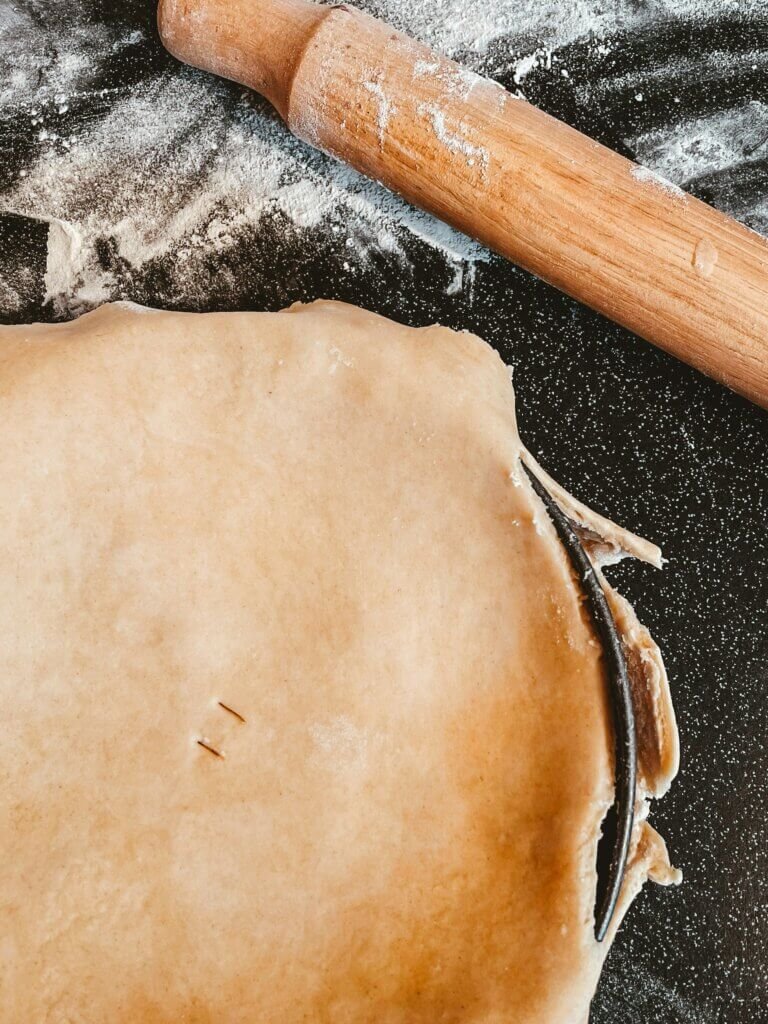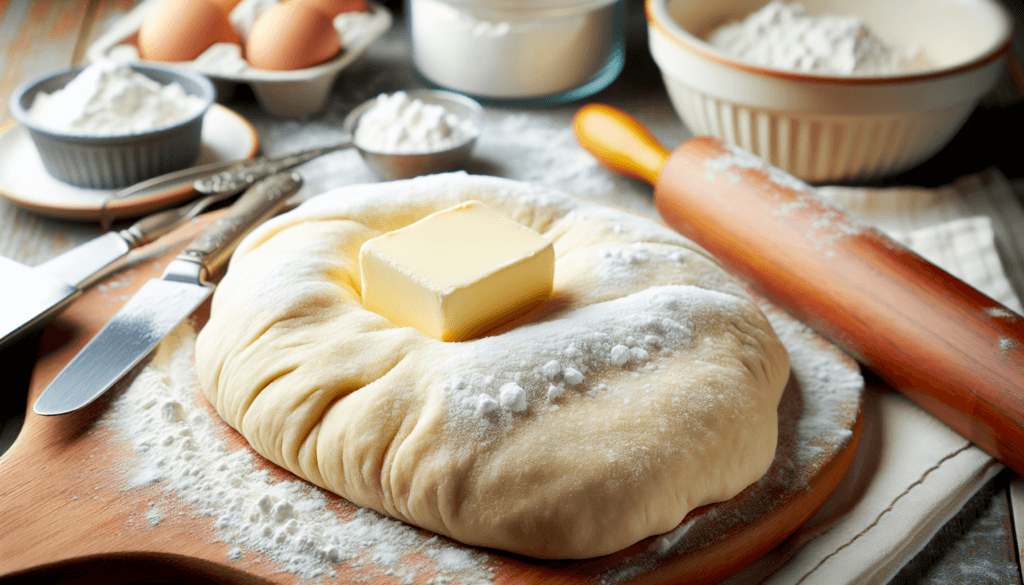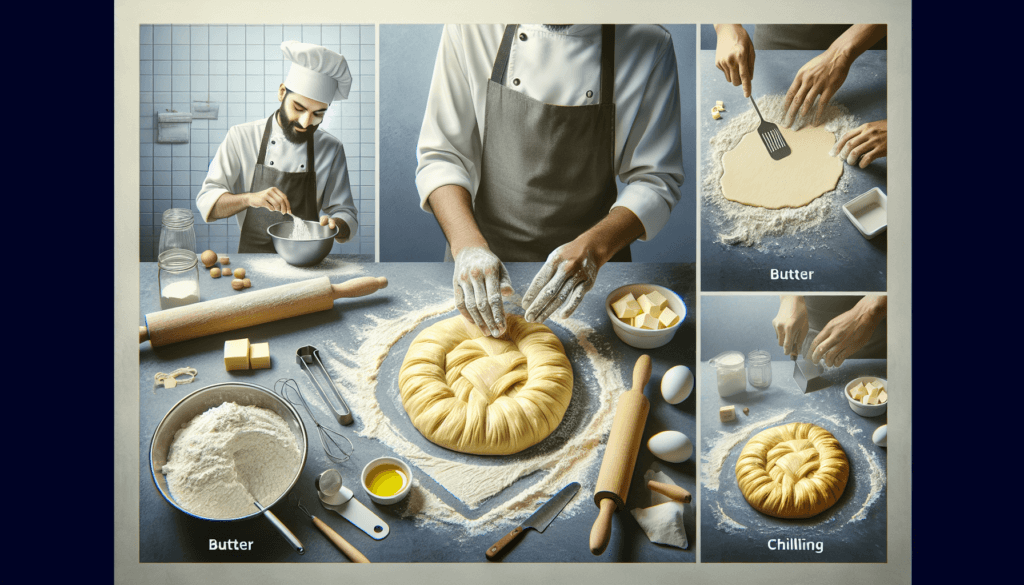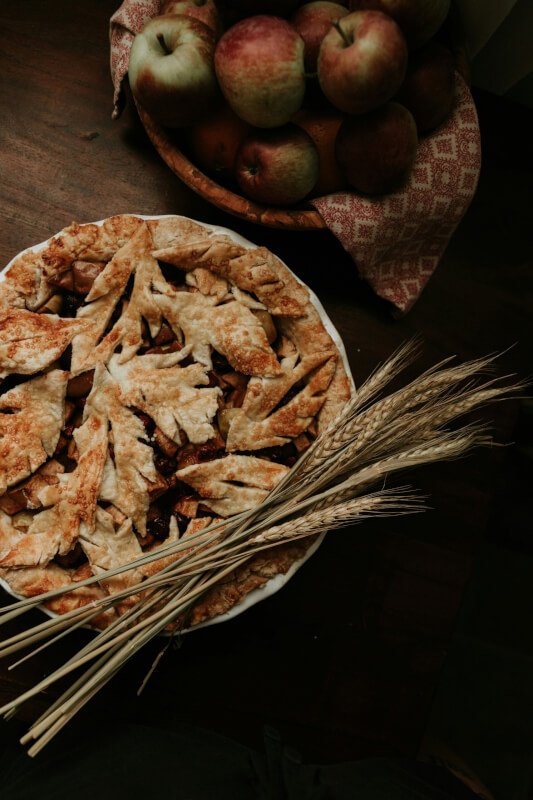Are you tired of your pastry dough turning out tough and dense instead of light and flaky? Look no further! In this article, you will discover a collection of must-try baking techniques that will transform your pastry dough game. From incorporating cold butter to proper chilling, these simple yet effective tips will have you whipping up perfectly flaky pastry dough every time. Get ready to impress your family and friends with your delectable homemade pastries!

Choosing the Right Flour
When it comes to creating the perfect flaky pastry dough, one of the first and most important steps is choosing the right flour. All-purpose flour is the go-to choice for many bakers, as it provides a good balance of protein and gluten content. However, for a truly light and airy pastry, consider using pastry flour or cake flour. These types of flour have a lower protein content, resulting in a softer and more delicate texture. Experiment with different types of flour to find the one that gives you the desired flakiness in your pastry dough.
Using Cold Ingredients
To achieve that sought-after flaky texture in your pastry, it’s crucial to use cold ingredients. Cold butter or shortening should be cut into small cubes before being incorporated into the flour mixture. By keeping the fat cold, it remains solid during the baking process, which creates steam as it melts. This steam then lifts the layers of dough, resulting in a flaky and tender pastry. Remember to also use cold water when mixing the dough, as it helps maintain the desired temperature and prevents the fat from melting before baking.
Incorporating Fat Properly
In pastry dough, fat is a key ingredient that contributes to its flakiness. To incorporate the fat properly, work quickly and use the “rubbing-in” method. This method involves rubbing the cold fat (such as butter or shortening) into the flour mixture until it resembles coarse crumbs. This process ensures that the fat is evenly distributed throughout the dough, creating pockets of fat that will later melt during baking and create flaky layers. Be sure not to overwork the mixture; the fat should still be visible as small pieces within the dough.
Handling the Dough with Care
When it comes to handling pastry dough, less is more. Overhandling the dough can lead to tough and dense pastries, rather than the desired flakiness. It’s important to work quickly and gently when mixing and shaping the dough. Use your fingertips or a pastry cutter to incorporate the fat into the flour mixture, being careful not to overmix. Once the dough has come together, avoid excessive kneading or stretching when rolling it out. By handling the dough with care, you’ll preserve the layers of fat and create a delicate and flaky pastry.

Resting and Chilling the Dough
Resting and chilling the dough is an essential step in the pastry-making process. After mixing the dough, shape it into a disc and wrap it in plastic wrap. Allow the dough to rest in the refrigerator for at least 30 minutes, or preferably, overnight. This resting time allows the gluten in the flour to relax, resulting in a more tender and flaky texture. It also ensures that the fat remains cold and solid, making it easier to roll out the dough without it sticking or melting. If you’re short on time, you can also place the dough in the freezer for a shorter chilling period.
Rolling the Dough Out
When it comes to rolling out your pastry dough, the key is to work quickly and efficiently. Start by lightly dusting your work surface and rolling pin with flour. Take the chilled dough out of the refrigerator and place it in the center of your work surface. Using gentle pressure, roll the dough out from the center, rotating it occasionally to maintain an even thickness. Aim for a rectangular or circular shape, depending on your recipe. Be careful not to apply excessive pressure or add too much flour, as this can toughen the dough and inhibit its flakiness.

Creating Layers with Folding
Creating layers in your pastry dough is the secret to achieving maximum flakiness. One technique to create these layers is through folding. To start, roll out your dough into a rectangle or circle. Fold one-third of the dough towards the center, then fold the opposite third over the top, as if folding a letter. Rotate the dough 90 degrees and repeat the folding process. This folding and rotating technique creates multiple layers of dough and fat, resulting in the characteristic flaky texture. Remember to work quickly and gently during this process to prevent the fat from melting.
Docking the Dough
Docking the dough is a technique used to prevent it from puffing up too much during baking. To dock the dough, gently prick the surface with a fork or a specialized docking tool. This process creates small holes in the dough, allowing steam to escape during baking and preventing excessive rising. Docking is especially important for pastry shells that will be filled later, as it helps maintain their shape and prevents them from becoming too thick. Be sure not to dock the dough too heavily, as this can cause it to become too compact and lose its flakiness.

Blind Baking
Blind baking is a technique often used for pastry dough that will be filled with wet or creamy fillings. To blind bake, roll out your dough and carefully press it into a pie dish or tart pan. Place a sheet of parchment paper over the dough and fill it with pie weights or dried beans to prevent the dough from rising. Bake the dough in a preheated oven for a short period of time until it sets and becomes lightly golden. This step ensures that the crust remains crisp and flaky, even after being filled with moist ingredients.
Egg Wash for a Golden Finish
To achieve a beautiful golden finish on your pastry, consider using an egg wash. An egg wash is simply a mixture of beaten eggs and a small amount of liquid, such as water or milk. Brushing your pastry with an egg wash before baking gives it a glossy and golden appearance. Not only does this enhance the overall presentation of your pastries, but it also adds a touch of flavor. The protein in the eggs also helps to crisp up the crust, further enhancing its flakiness. Utilize an egg wash to elevate the look and taste of your pastries.
With these must-try baking techniques in your repertoire, you’ll be well on your way to creating perfectly flaky pastry dough. Experiment with different types of flour, handle the dough with care, and give it the time it needs to rest and chill. Incorporate the fat properly to create layers, dock the dough to prevent excessive rise, and consider blind baking for wet fillings. Lastly, top it all off with an egg wash for an appealing golden finish. So roll up your sleeves, preheat the oven, and get ready to master the art of flaky pastry!



